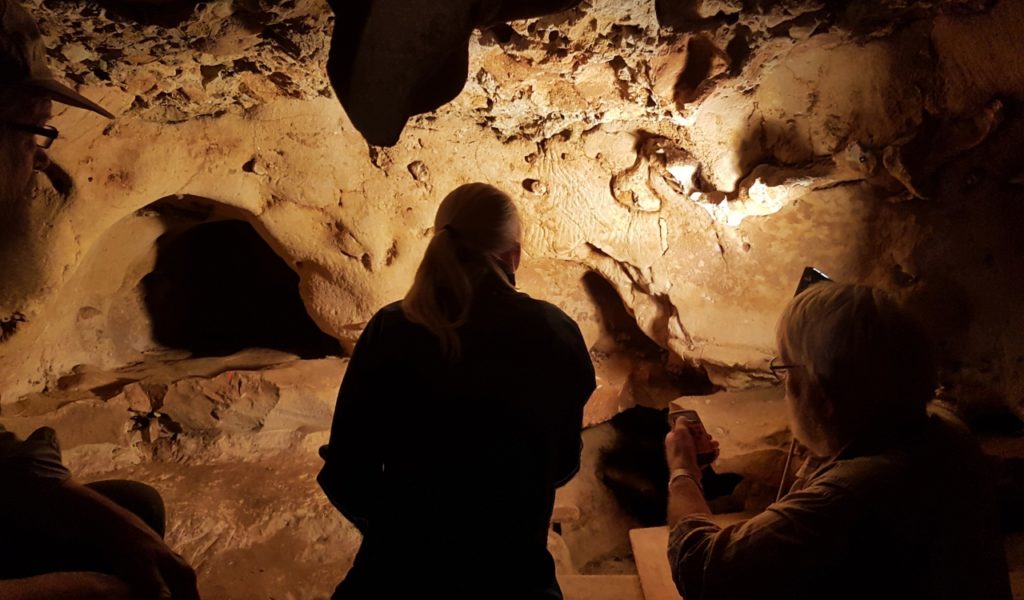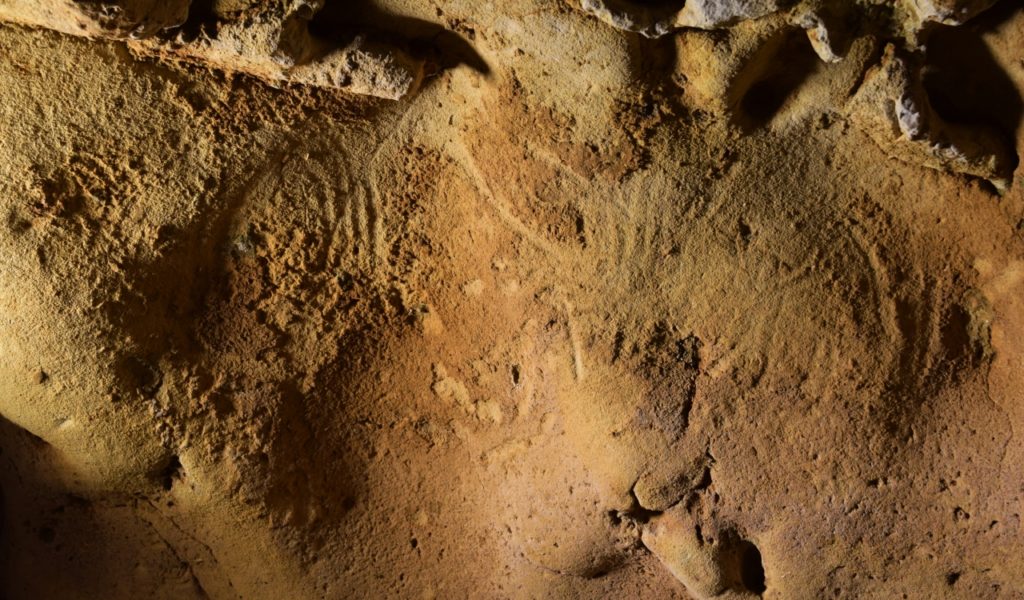A study published in the PLOS ONE Journal by Jean-Claude Marquet & colleagues from the University of Tours, France claimed to find the oldest known Neanderthal cave engravings ever discovered. They were found in a cave in France, which was critical information for scientists.
For a while, we knew that Homo Sapiens had navigated into the European region. However, for quite some time the evidence told us that a lot of the human species was sort of centralized into what is now the modern Middle East. Of course, we knew that Homo Sapiens ended up all over the world.
This means that pre-Homo Sapien humans had to be in various other places. Especially by the time the continent split occurred as well as both before and after the infamous land bridge.
The University of Tours, France team cites that these are the oldest known Neanderthal cave engravings. That is because they have dated the engravings to around 57,000 years old. However, thanks to things like stratigraphy, they could end up being dated to as far back as 75,000 years.
About The Neanderthal Cave Engravings

The Neanderthal cave engravings the team found were essentially finger marks on a cave wall. The series of engravings were non-figurative markings, known as “finger-flutings.”
This is because the marks were all made by human hands.
The researchers involved made a plotting analysis and used photogrammetry, allowing them to create 3D models of the markings. The team then compared them to known and experimental human markings already on record.
Based on the shape, spacing, and arrangement, the team was able to conclude that they were deliberate, organized, and intentional shapes created by human hands.
The age of the engravings proves the Neanderthal species ended up in the French region before Homo Sapiens came to it. Their arrival pre-dates Homo Sapien’ arrival by several thousands of years.
They were found in a cave known as La Roche-Cotard, located in the Centre-Val de Loire territory of France.
Over the last few decades, new research has been able to shed light on the cultural significance and even the sophistication of the Neanderthal species. For a long time, we merely thought of them as basically dumb and large. Yet that was never the case.
Sadly, we have very limited symbolic & artistic expression from them. There is only a small list of things we can look at that are 100% attributed to the Neanderthal species. However, what is interesting to many is that we still debate what many of these art pieces are about. What were they thinking about when they made them?
Neanderthal Expression

The team also dated the cave sediments using optically-stimulated luminescence dating. This allowed them to confirm that the cave became closed off by infilling sediment around 57,000 years ago. This was well before Homo sapiens arrived in the region.
On top of this, stone tools found inside the cave are only Mousterian, also known as Mode III. This is an archeological industry of stone tools and typically connects to the late Middle Paleolithic era. That is also the middle of the West Eurasian Old Stone Age. The era lasts 160,000 to 40,000 before the present, or BP.
Of course, all of this means that if the only technology found is associated with Neanderthals…the engravings are likely going to belong to them.
The real struggle is that the engravings are non-figurative symbols, so getting the proper intent behind them is very difficult. What is so interesting is that they are nearly the same age as cave engravings made by Homo Sapiens in other areas of the world.
Yes, Homo Sapiens & Neanderthals existed at the same time as each other for thousands of years. These engravings give us evidence that proves the behavior & activities of Neanderthals were similarly complex and diverse as those of Homo Sapiens.
The authors of the study also claim that fifteen years after the resumption of excavations at the La Roche-Cotard site, the engravings have been dated to over 57,000 years old. They very well could go on to be dated over 75,000 years old. That makes this the oldest decorated cave in France if not all of Europe.
This is a big thing for the French to hang their hat on for sure.
References:
Oldest Known Neanderthal Engravings Were Sealed in a Cave for 57,000 Years
Neanderthal cave engravings identified as oldest known, more than 57,000 years old